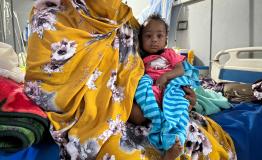
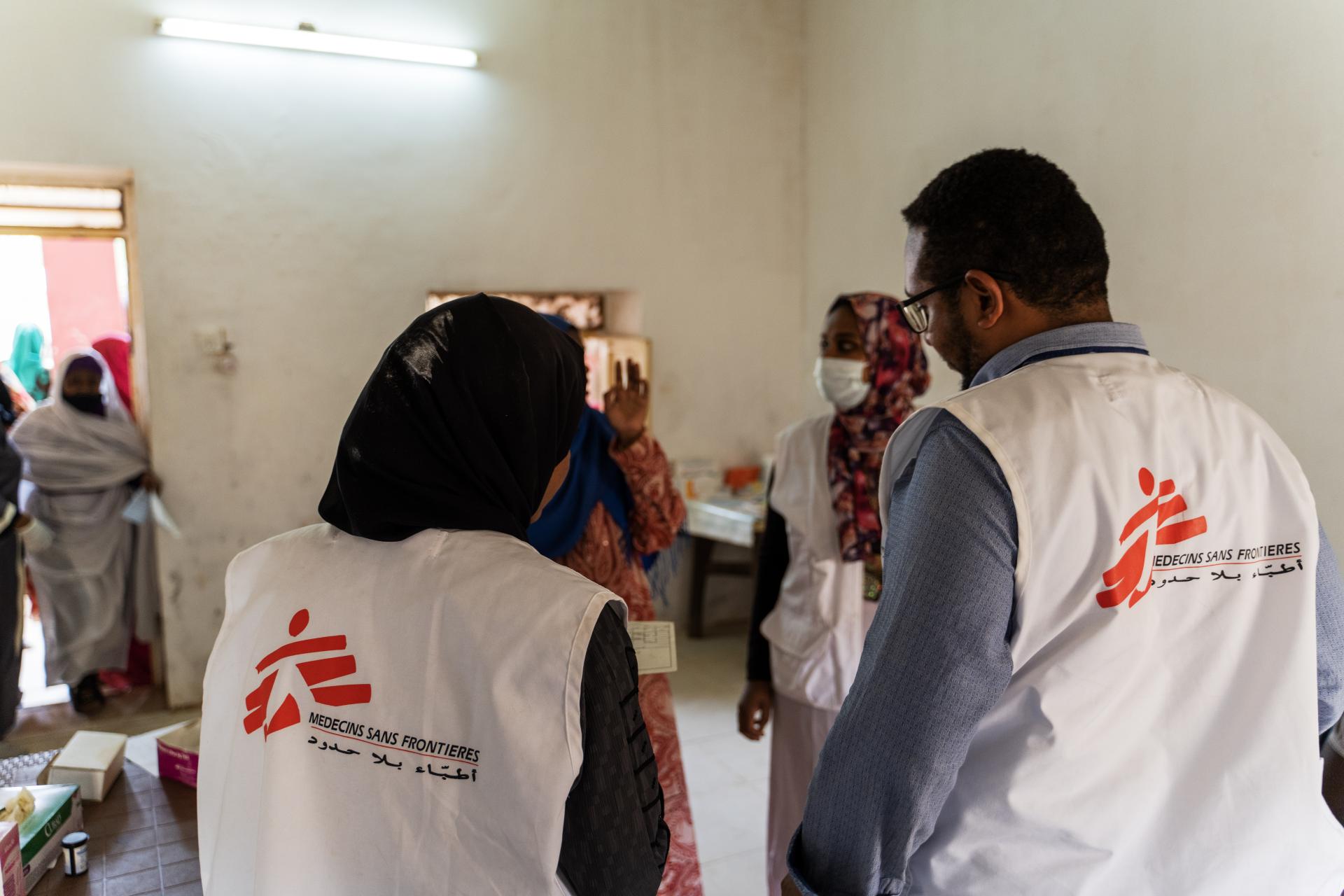
Sudan
The war in Sudan has had disastrous consequences for people’s health and wellbeing. Throughout 2024, Médecins Sans Frontières (MSF) delivered medical and humanitarian assistance across many of the country’s conflict-ravaged states.
The fighting between the Sudanese Armed Forces (SAF) and Rapid Support Forces (RSF) has caused the world’s largest displacement crisis, in which millions of people have been driven from their homes. Many have been subjected to ethnically motivated and sexual violence, and are facing malnutrition, as well as the loss of their homes and livelihoods. People’s suffering was compounded in the country’s eastern and central states by outbreaks of cholera, and spikes in malaria and dengue, fever during the year.
Our activities in 2024
Data and information for the 2024 International Activity Report

1,061,200
1,061,2
205,800
205,8
191,300
191,3
113,600
113,6

39,700
39,7
21,500
21,5
20,400
20,4
11,300
11,3

10,700
10,7
MSF in Sudan 2024
Map of the areas MSF worked in 2024
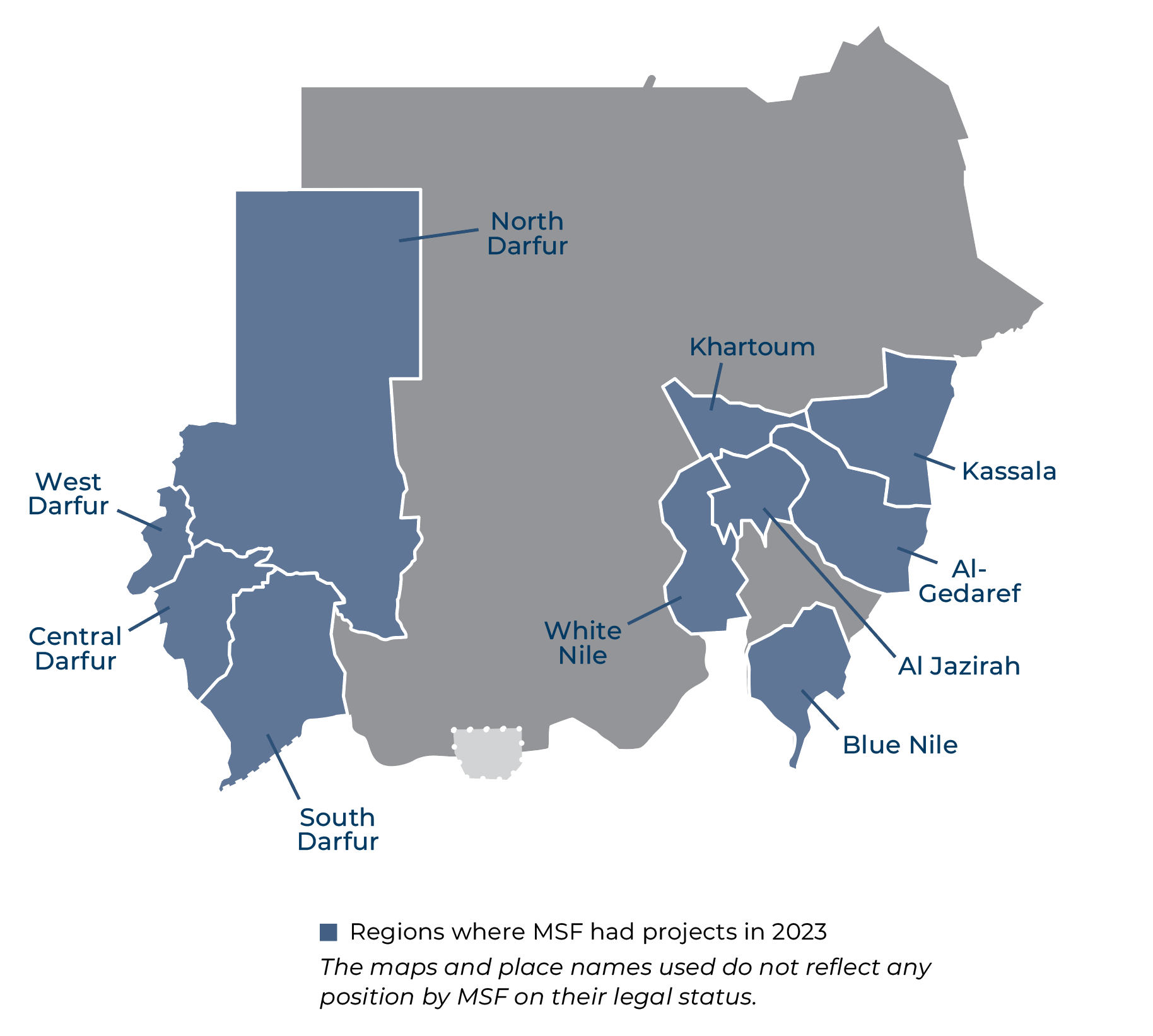

Access to Healthcare
Article
20 Dec 2025
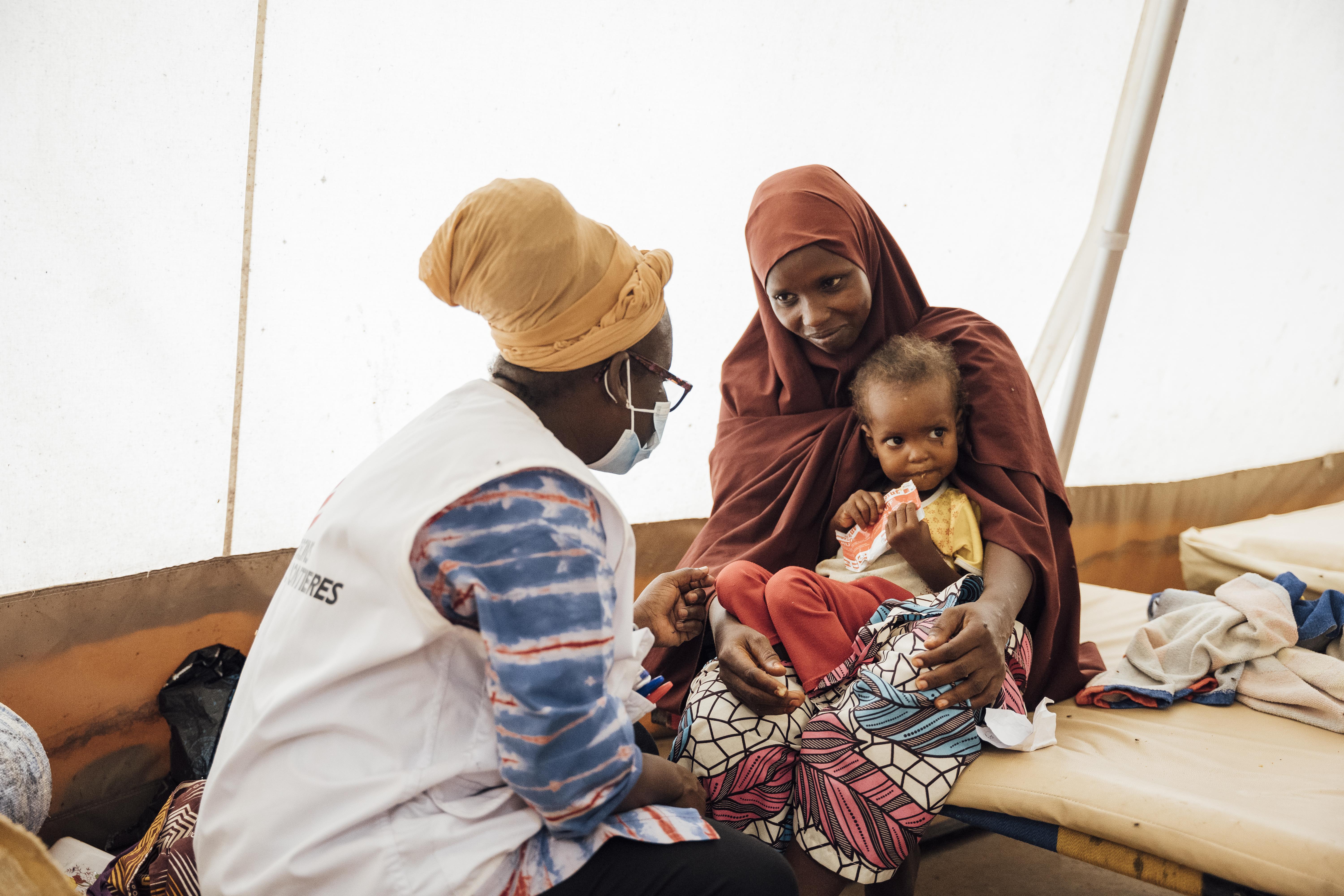
Access to Healthcare
Together we can make a difference
Campaign
19 Dec 2025
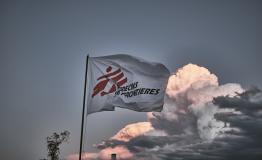
Conflict in Sudan
MSF calls for the protection of health facilities and staff following the fatal shooting of a healthworker outside Zalingei Hospital, Central Darfur
Article
26 Nov 2025
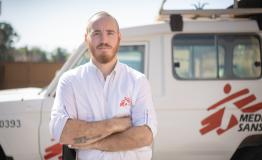
Conflict in Sudan
“The war on Sudan: the choice is ours”
Article
17 Nov 2025
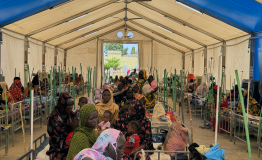
Malnutrition
People facing extreme malnutrition in Sudan’s protracted crisis
Article
11 Nov 2025
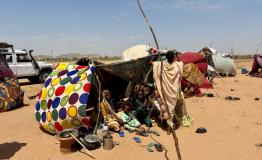
War and conflict
Urgent appeal for El Fasher’s people - MSF denounces mass atrocities and fears many people remain in grave danger
Article
3 Nov 2025